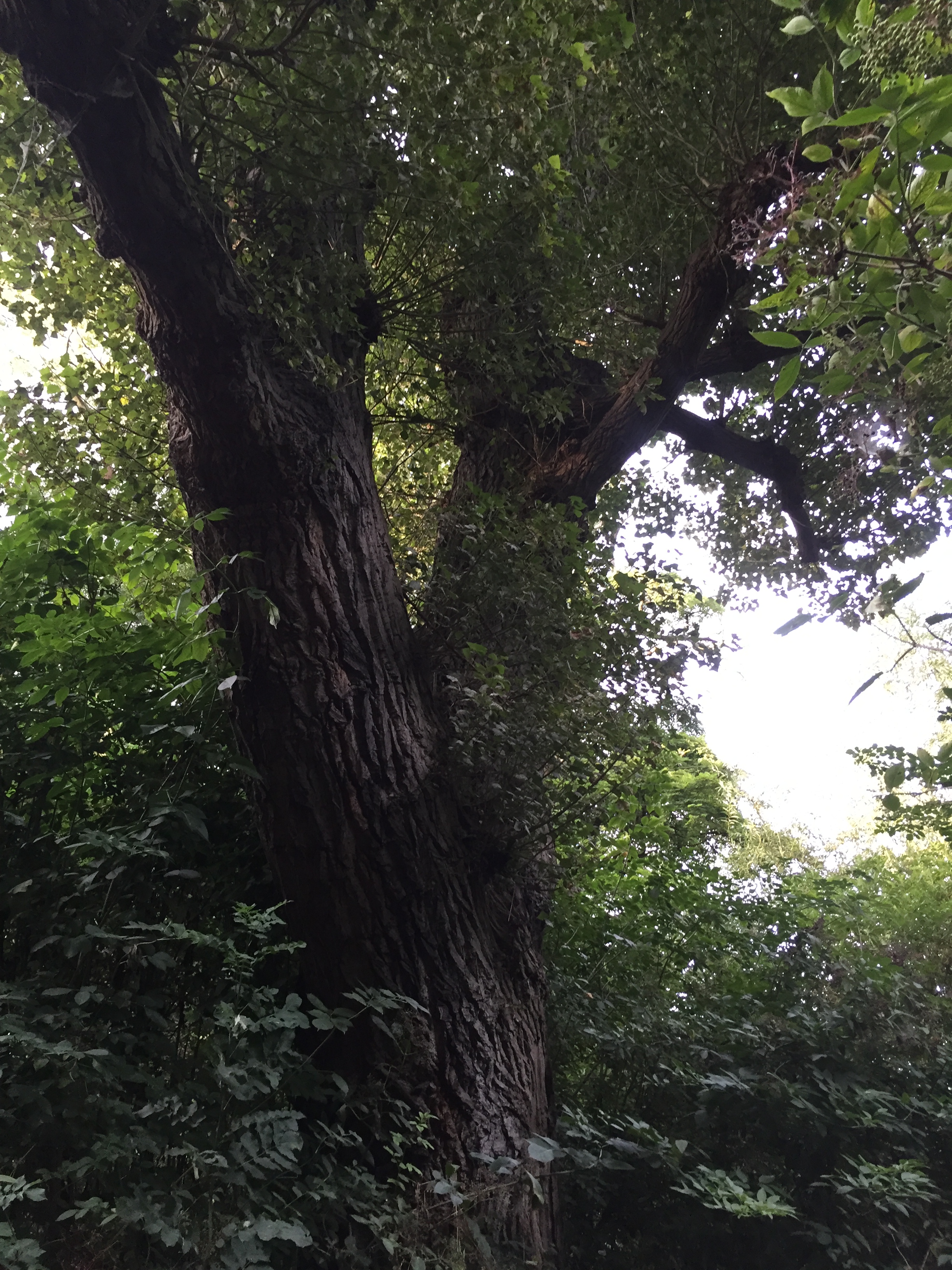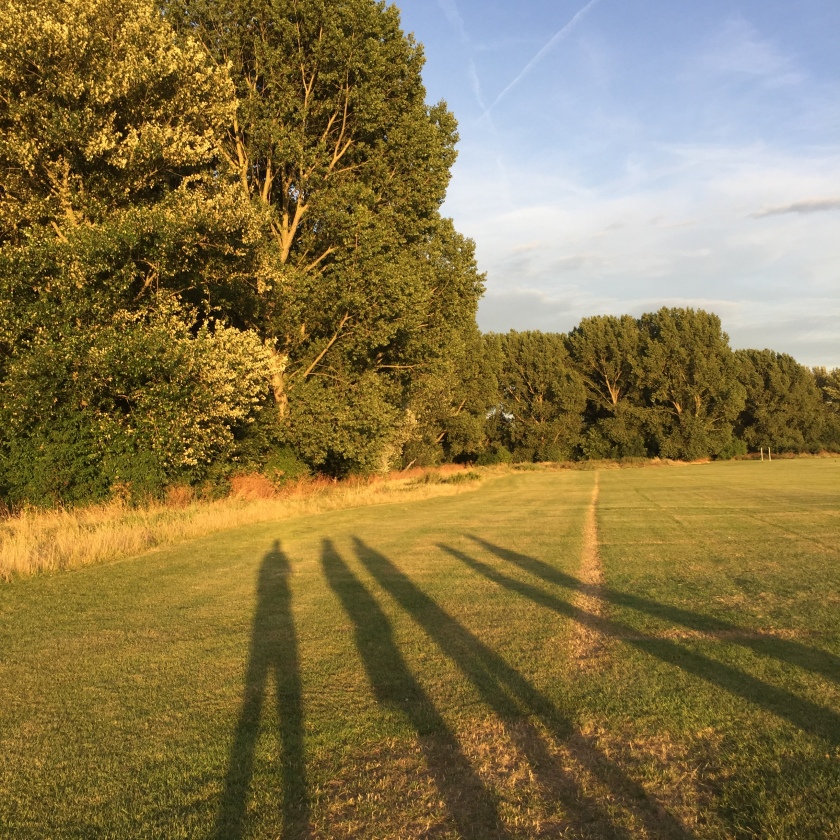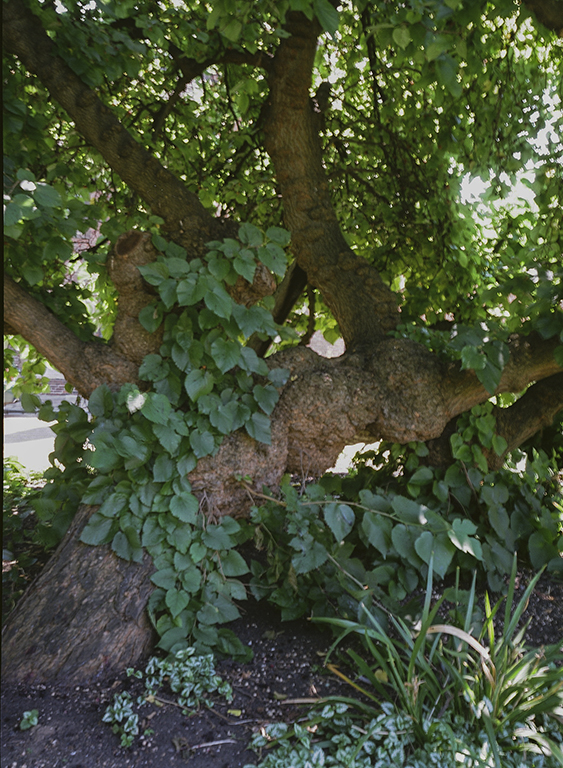
There are only about 7000 native Black Poplars (Poplus nigra betulifolia) left in Britain, most of them south of The Wash (the bay where Norfolk meets Lincolnshire on the east coast of England). And only 600 of these are female. These females produce a cottony fluff when the seeds are ejected to be carried by the wind. As this can be a nuisance, local authorities and forestries have planted male trees. The result is that the native population has declined, rarely reproducing through seed and mostly by suckering and sending up new trunks if a tree falls over. Added to this, the draining of wetlands for development has meant that any fertile seed is unlikely to fall on the silty damp soil it needs to grow into a tree. The last blow to the native wild Black Poplar is that it easily hybridises with non-native species, like the Lombardy Poplar or the Cottonwood of North America.
On Thursday evening this week I led a small group to find the Black Poplars along a stretch of the River Lea beside Hackney Marshes – a large, flat grass space that is laid out for football pitches, used for training. There are as many as 20 mature Black Poplars here, some along Homerton Road as street trees, the others on the river bank in a beautiful, natural setting. Walking by the river, with swans and cygnets, anglers and limpid fresh water, it is hard to remember that you are less than ten minutes’ walk from the hipster bars of Hackney Wick and what used to be (before the 2012 Olympics) an industrial area of North London. The only “downer” on our walk was when we approached a line of Traveller caravans in order to get to the footpath by the river and co-leader Andrew was bitten on the leg by a nasty little dog.


